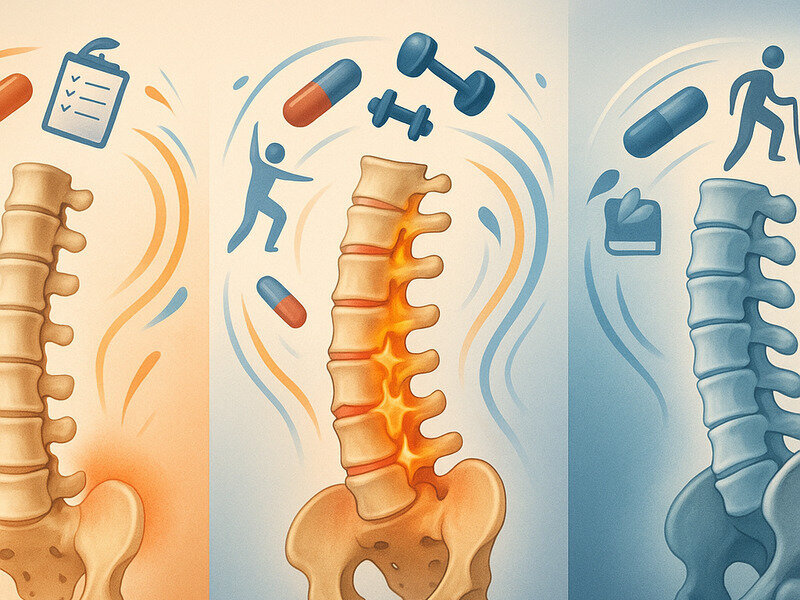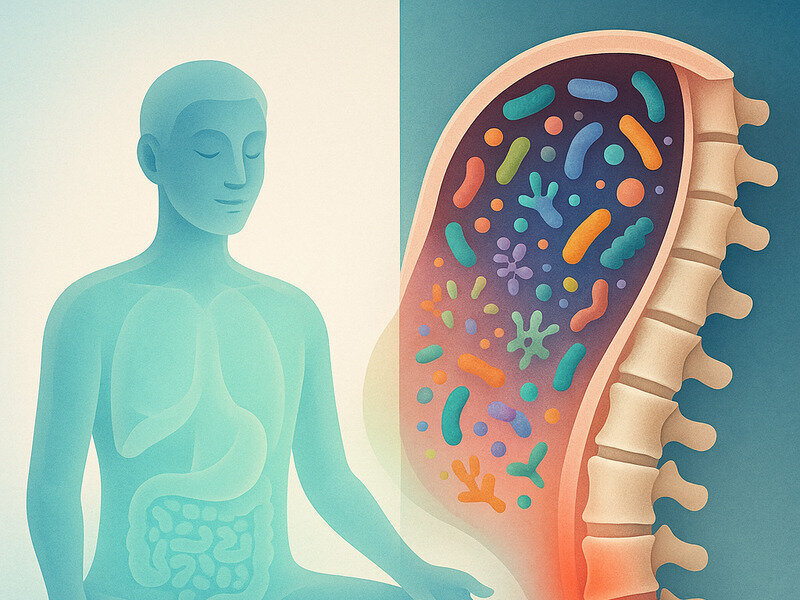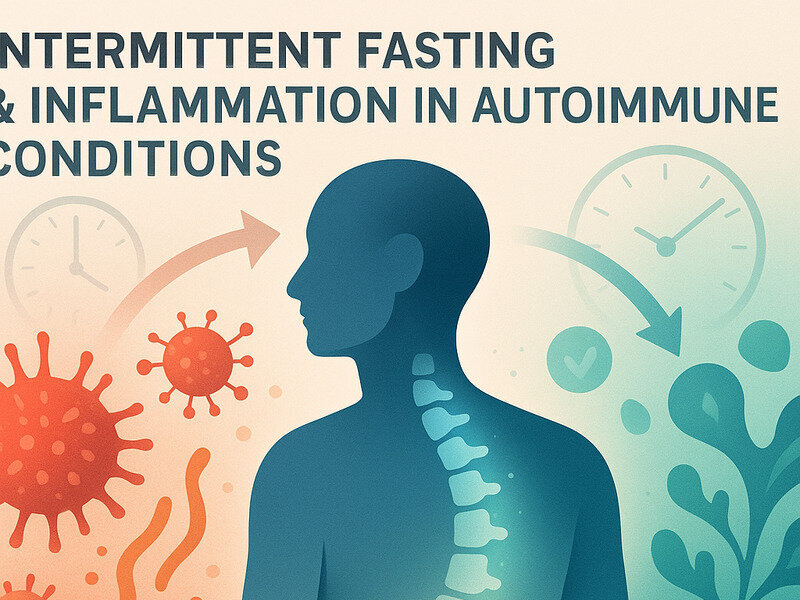
Ankylosing spondylitis (AS) is a chronic inflammatory disease primarily affecting the spine and sacroiliac joints, leading to pain and stiffness. Understanding its progression is crucial for managing symptoms and improving quality of life. This article explores how AS progresses over time, the stages of the disease, and practical strategies to manage it effectively.
Understanding Ankylosing Spondylitis
Ankylosing spondylitis is part of a group of arthritis-related conditions known as spondyloarthritis. It predominantly affects young adults, with symptoms typically appearing between the ages of 20 and 40. According to the Spondylitis Association of America, AS affects approximately 0.1% to 1.4% of the population, with a higher prevalence in men than women.
Pathophysiology of AS
The exact cause of AS remains unknown, but genetic factors play a significant role. The HLA-B27 gene is present in over 90% of Caucasian patients with AS, although not everyone with this gene develops the condition. The disease is characterized by inflammation of the entheses, where ligaments and tendons attach to bone, leading to pain and stiffness.
...
Premium preview
Premium members unlock the full article—complete step-by-step routines, deeper coaching notes, and exclusive frameworks.


